The Renaissance- How Art and Science Changed the World

The Renaissance: How Art and Science Changed the World
Few periods in history capture the imagination as vividly as the Renaissance. Emerging in Italy in the 14th century and spreading across Europe over the next three hundred years, it was a time of extraordinary creativity and transformation. Artists painted masterpieces that still hang in museums today. Scientists questioned the universe and discovered new truths about the human body, the planets, and the natural world. Writers revived ancient ideas while inventing new forms of expression. The Renaissance was more than just an artistic movement—it was a cultural revolution that reshaped how people thought about themselves and their world.
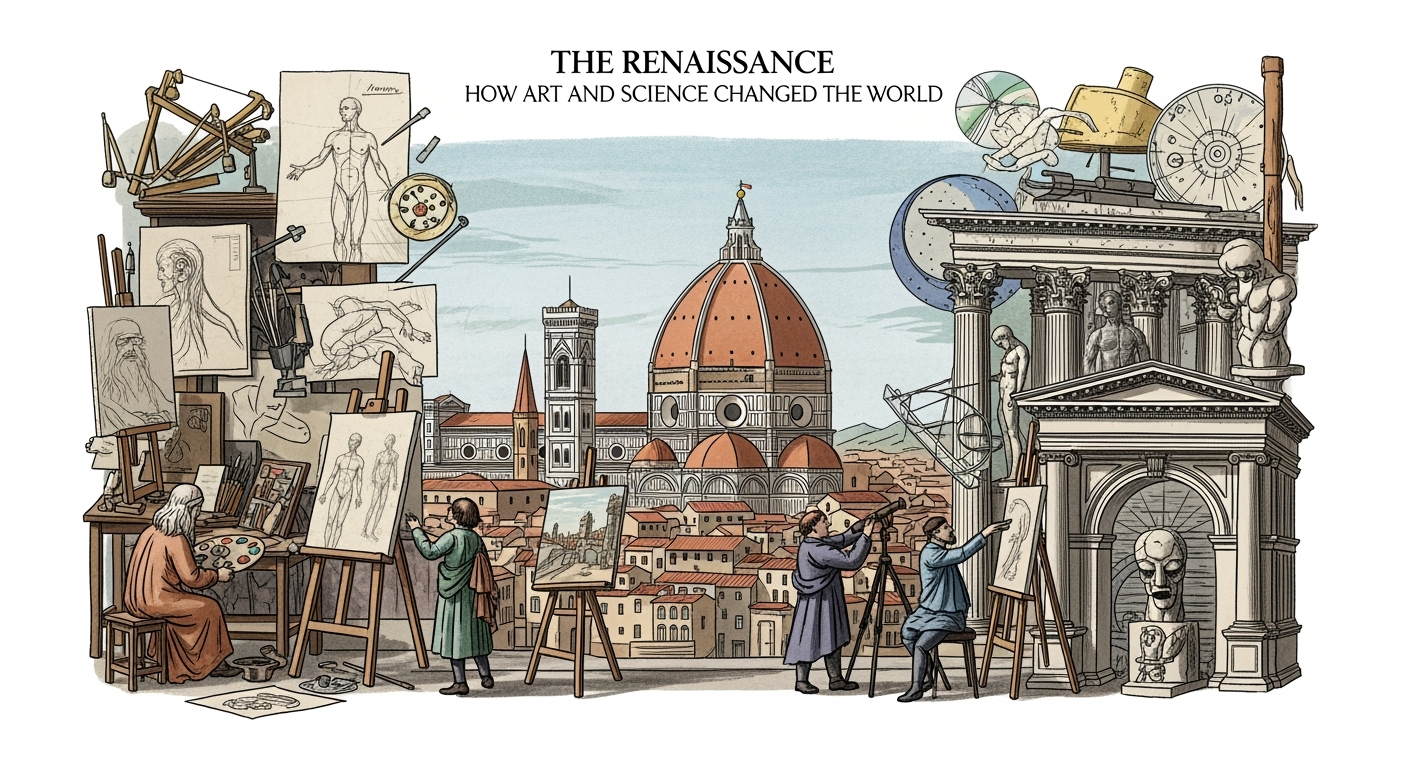
The Birth of a New Age
The word “Renaissance” means “rebirth,” and for good reason. After centuries often described as the Middle Ages, Europeans began looking back to the classical civilizations of Greece and Rome for inspiration. Ancient texts, preserved in monasteries or rediscovered through contact with the Islamic world, revealed forgotten knowledge in philosophy, science, and the arts.
Italy, with its wealthy city-states such as Florence, Venice, and Milan, became the cradle of this revival. Trade had brought prosperity, and powerful families like the Medici in Florence sponsored artists, architects, and scholars. This patronage created a fertile environment where ideas flourished.
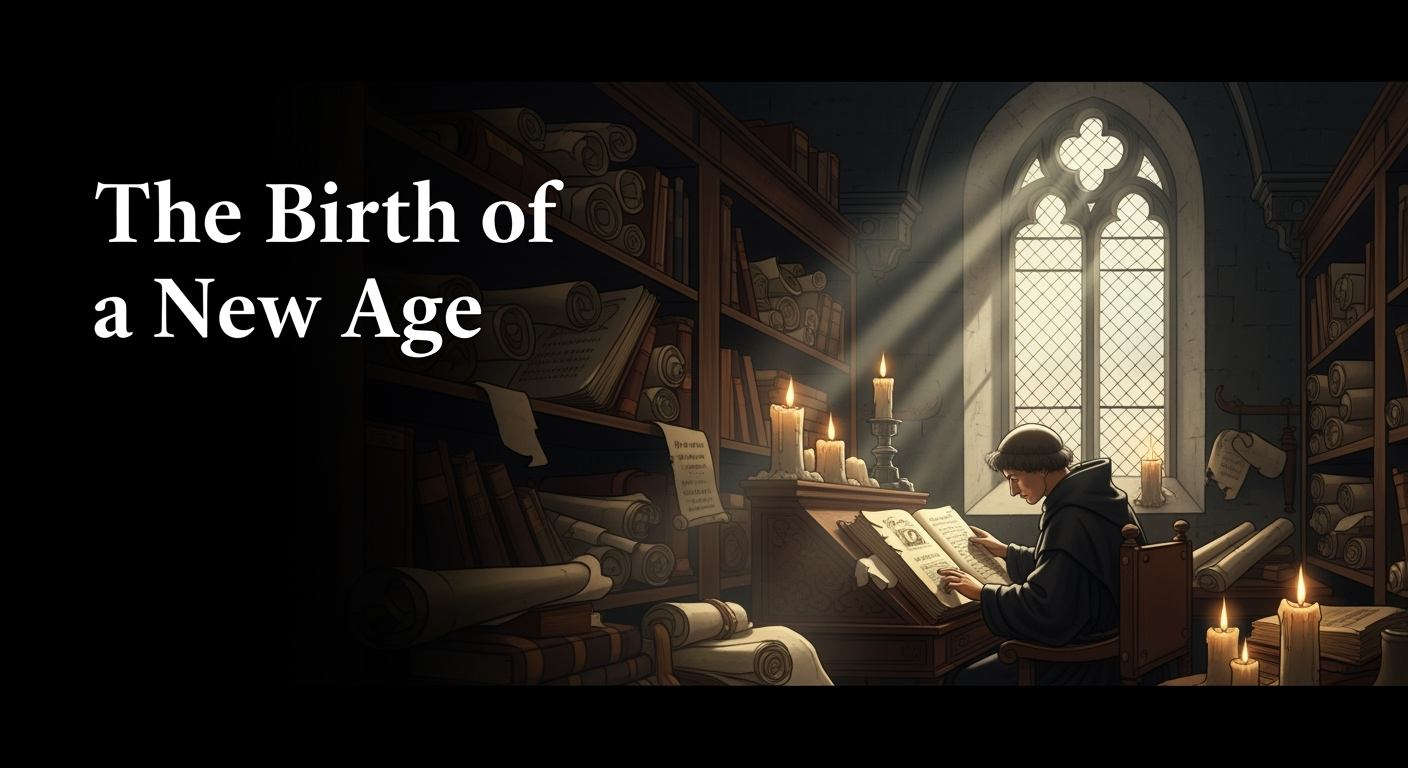
Humanism and the Individual
At the heart of the Renaissance was humanism, a movement that emphasized the value of human beings, their achievements, and their capacity for reason. Humanists studied ancient texts not only to preserve them but to apply their lessons to contemporary life. Figures like Petrarch, often called the “Father of Humanism,” encouraged a focus on literature, history, and moral philosophy.
This shift had profound effects. In the Middle Ages, knowledge was often seen through the lens of the Church and theology. The Renaissance did not reject religion but expanded the scope of learning, celebrating human potential and the richness of worldly life. The idea that individuals could shape their own destinies marked a turning point in Western thought.
Art Transformed
The Renaissance is perhaps most famous for its art, which broke new ground in realism, perspective, and emotion. Medieval paintings had often been symbolic and flat, but Renaissance artists sought to represent the world more faithfully. They studied anatomy, light, and geometry to bring depth and life to their work.
Filippo Brunelleschi pioneered the use of linear perspective, creating the illusion of three-dimensional space on flat surfaces. This innovation transformed painting and architecture alike.
Artists such as Leonardo da Vinci, Michelangelo, and Raphael became legendary. Leonardo’s Mona Lisa captivated viewers with its mysterious smile and lifelike presence, while his Last Supper combined religious narrative with dramatic realism. Michelangelo’s frescoes in the Sistine Chapel stunned with their grandeur and detail, and his sculpture of David embodied the Renaissance celebration of human beauty and strength. Raphael’s harmonious compositions, like The School of Athens, placed ancient philosophers in a Renaissance setting, symbolizing the blending of classical and modern thought.
Art was not just decoration—it was a statement of human potential and divine inspiration, a bridge between the earthly and the eternal.
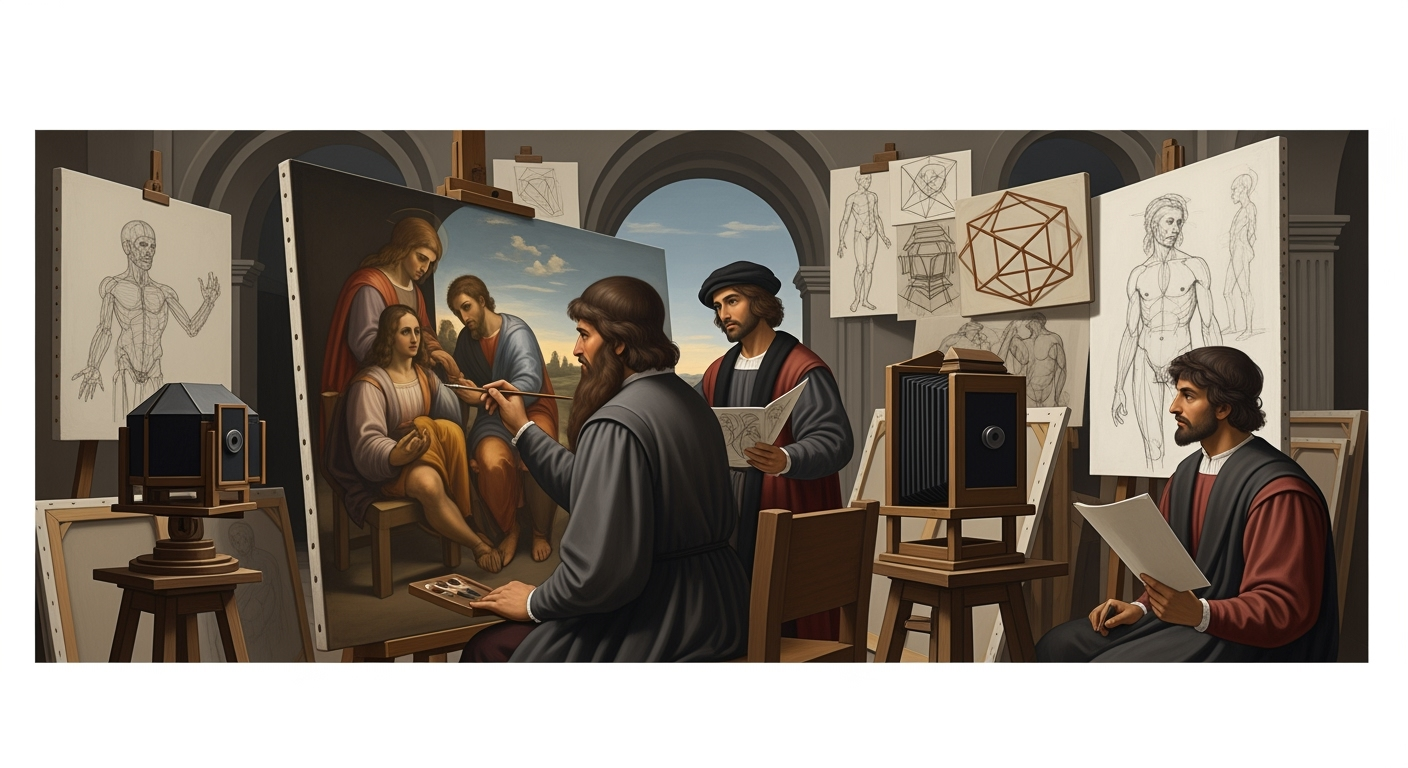
Science and Discovery
Alongside the artistic revolution, the Renaissance sparked a scientific awakening. Curiosity about the natural world led thinkers to challenge old assumptions and test new ideas.
Leonardo da Vinci, though celebrated as an artist, was also a keen observer of science. His notebooks overflow with sketches of flying machines, anatomical studies, and engineering designs. While many of his inventions never left the page, his method of combining observation with imagination exemplified Renaissance inquiry.
In astronomy, Nicolaus Copernicus proposed a heliocentric model of the universe, arguing that the Earth revolved around the sun. This radical idea challenged centuries of belief in an Earth-centered cosmos. In medicine, Andreas Vesalius published detailed anatomical drawings that corrected misconceptions passed down since antiquity. Advances in mathematics, mechanics, and cartography pushed Europe into a new era of understanding.
The scientific changes of the Renaissance laid the groundwork for the Scientific Revolution of the 17th century, transforming not just knowledge but how knowledge was pursued.
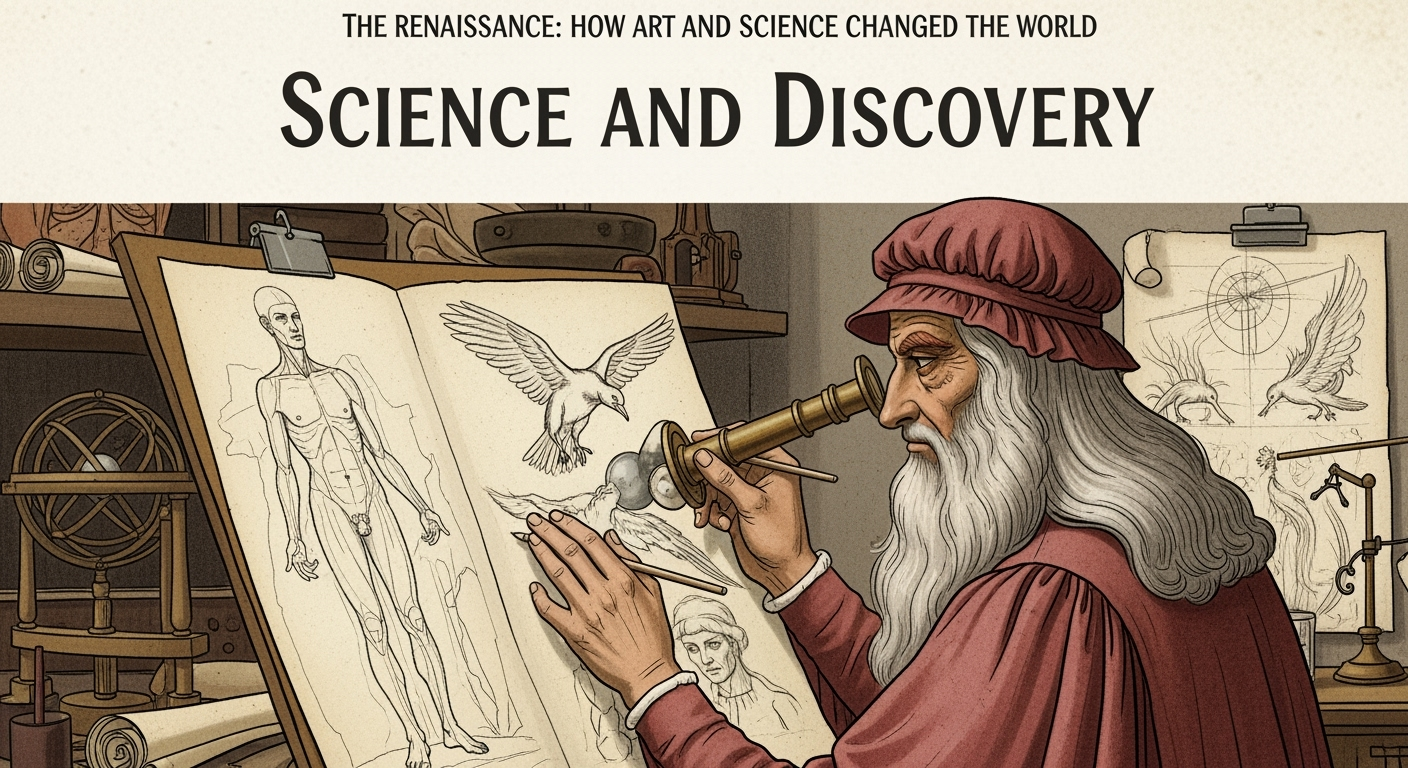
The Power of the Printing Press
One invention above all accelerated the spread of Renaissance ideas: the printing press. Developed by Johannes Gutenberg in the mid-15th century, it allowed books to be produced more quickly and cheaply than ever before.
Before printing, manuscripts had to be copied by hand, often by monks in monasteries. This limited the availability of texts and kept literacy largely confined to the elite. With printing, knowledge could circulate widely. Works of classical authors, religious texts, and new scientific discoveries reached broader audiences.
Perhaps most significantly, the printing press fueled debates about religion and society. When Martin Luther’s 95 Theses challenged the Catholic Church in 1517, printed pamphlets spread his ideas across Europe with unprecedented speed, sparking the Protestant Reformation.
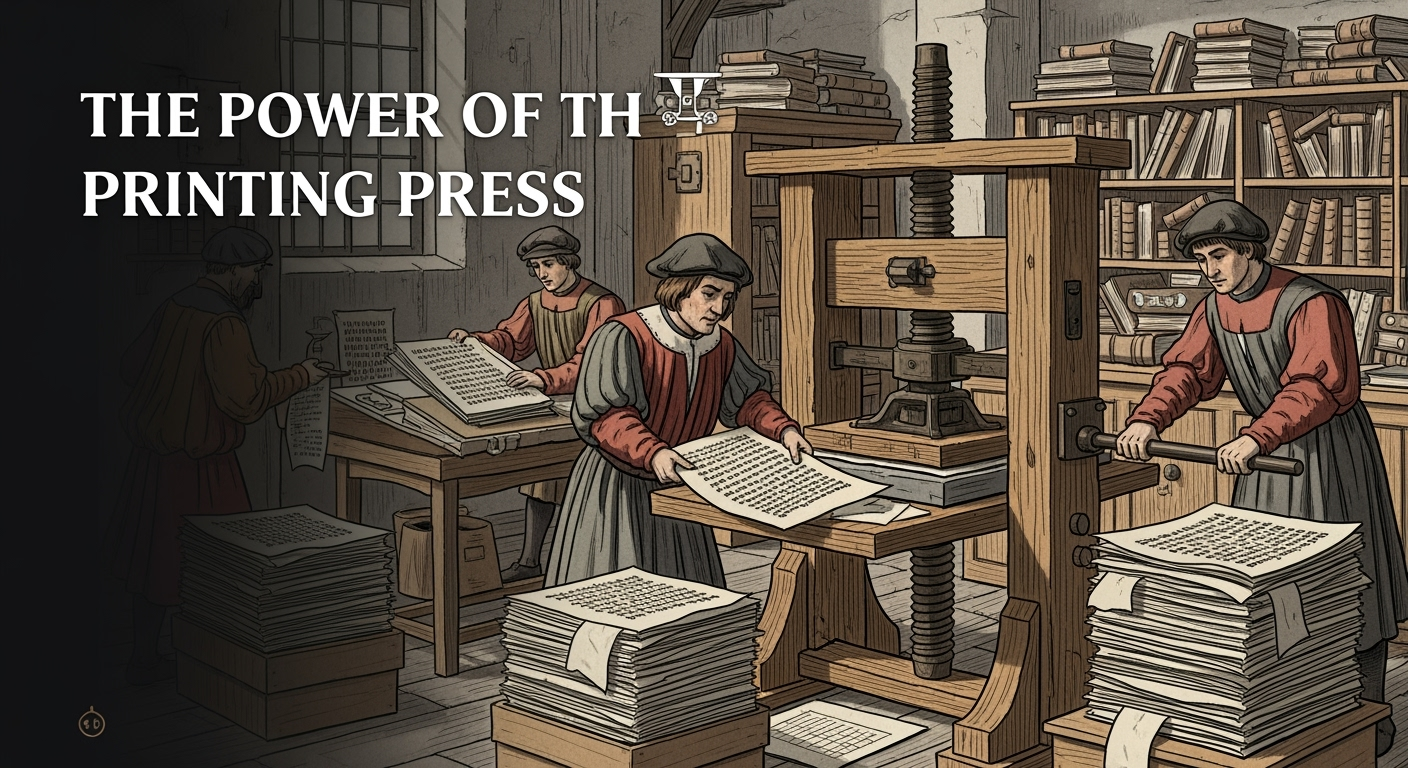
Politics and Power
The Renaissance also reshaped politics. Thinkers such as Niccolò Machiavelli analyzed power and leadership in new ways. His book The Prince offered pragmatic, sometimes ruthless advice to rulers, emphasizing results over ideals. Though controversial, Machiavelli’s work reflected a more secular and realistic approach to politics.
At the same time, the Renaissance saw the rise of powerful monarchies and centralized states. Kings and queens in France, Spain, and England embraced Renaissance culture to bolster their authority, commissioning art and architecture that showcased their prestige. Exploration and colonization expanded Europe’s reach, driven by new navigational tools and a hunger for trade and conquest.
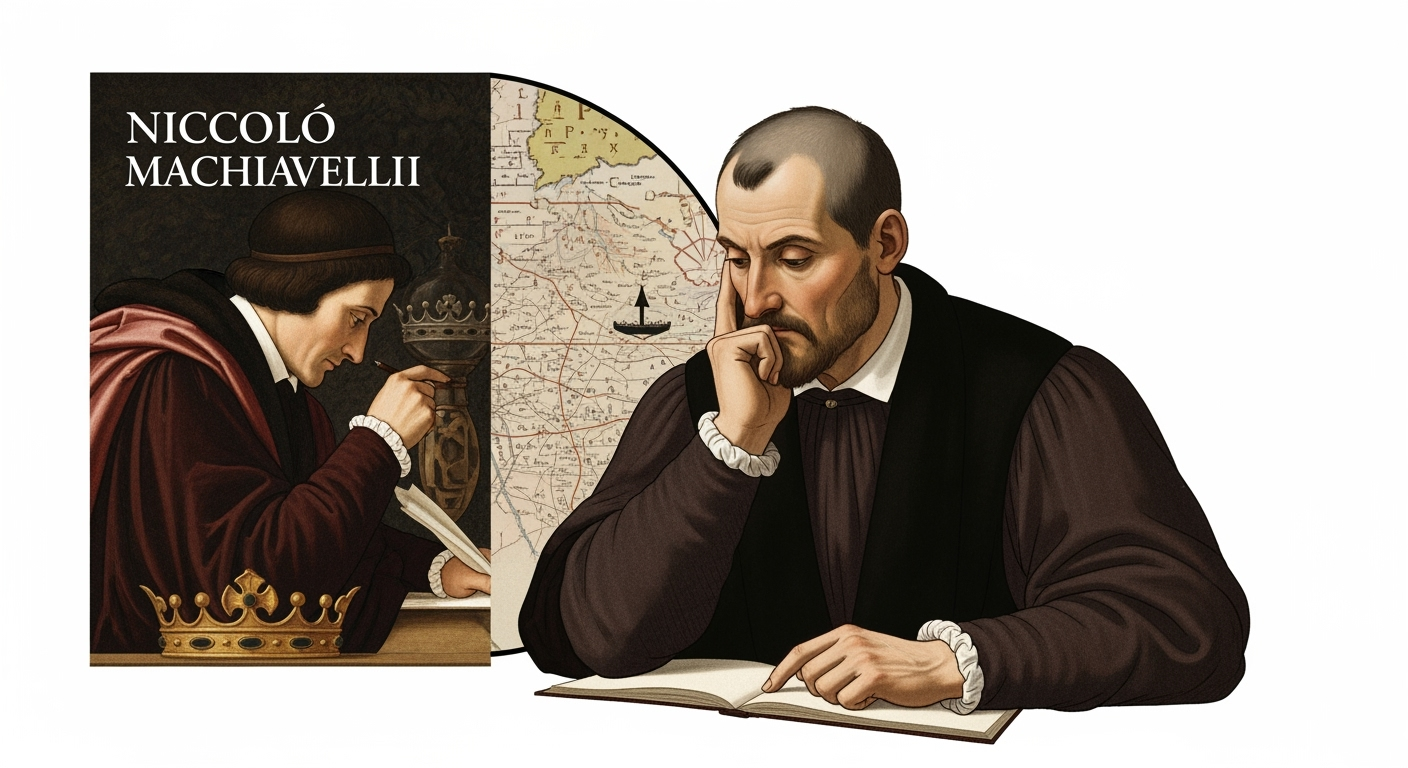
The Renaissance Beyond Italy
While Italy remained the epicenter, Renaissance ideas spread across Europe, adapting to local cultures. In the north, artists like Jan van Eyck pioneered oil painting, capturing exquisite detail and texture. Albrecht Dürer combined German precision with Italian perspective, producing woodcuts and engravings that circulated widely.
In England, the Renaissance blossomed in literature. William Shakespeare’s plays explored the depths of human emotion, ambition, and folly, making him a central figure of world literature. In Spain, writers such as Miguel de Cervantes created enduring works like Don Quixote, blending satire with human insight.
Each region made the Renaissance its own, weaving local traditions into the broader tapestry of change.
Myths and Realities
The Renaissance is often portrayed as a sudden break from the so-called “Dark Ages,” but history is more complex. Medieval Europe was not devoid of learning or creativity. Gothic cathedrals, scholastic philosophy, and advances in agriculture all flourished before the Renaissance. Rather than an abrupt beginning, the Renaissance was a gradual evolution, building on earlier foundations while introducing new ways of thinking.
Another myth is that the Renaissance was universally liberating. While it celebrated human potential, much of its culture was driven by elites. Women, in particular, often had limited access to education and opportunities, though figures like Isabella d’Este and Artemisia Gentileschi demonstrated that women could and did leave their mark.
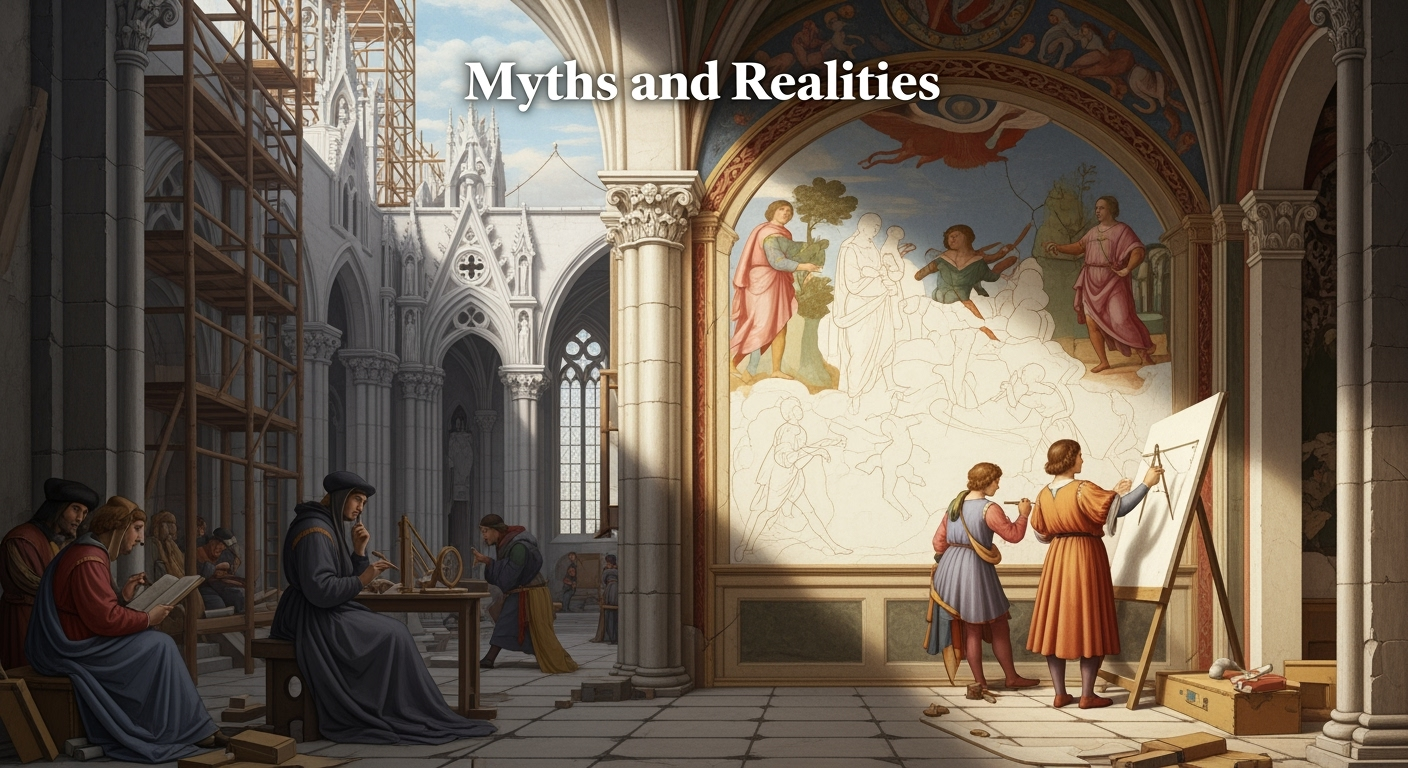
Legacy of the Renaissance
The Renaissance’s influence reaches far beyond the 15th and 16th centuries. It reshaped art, science, politics, and culture, leaving legacies that endure today. The emphasis on observation, experimentation, and human potential continues to shape modern education and research. The masterpieces of Renaissance artists remain some of the most studied and admired works in history.
Perhaps most importantly, the Renaissance changed how people thought about themselves. It encouraged individuals to see themselves not just as subjects of kings or followers of faith but as capable of shaping their own destinies. That belief in human creativity and agency remains one of the Renaissance’s most enduring gifts.
The Renaissance was a rebirth of art and science, but also of curiosity, confidence, and possibility. It revived the wisdom of the ancients while pushing forward with new discoveries and creations. From the brushstrokes of Leonardo da Vinci to the equations of Copernicus, from the printing press to Shakespeare’s stage, the Renaissance reshaped the world.
Though centuries have passed, the echoes of this remarkable era still resonate. It reminds us that human creativity has the power to change history, and that even in times of upheaval, imagination can open doors to new worlds.
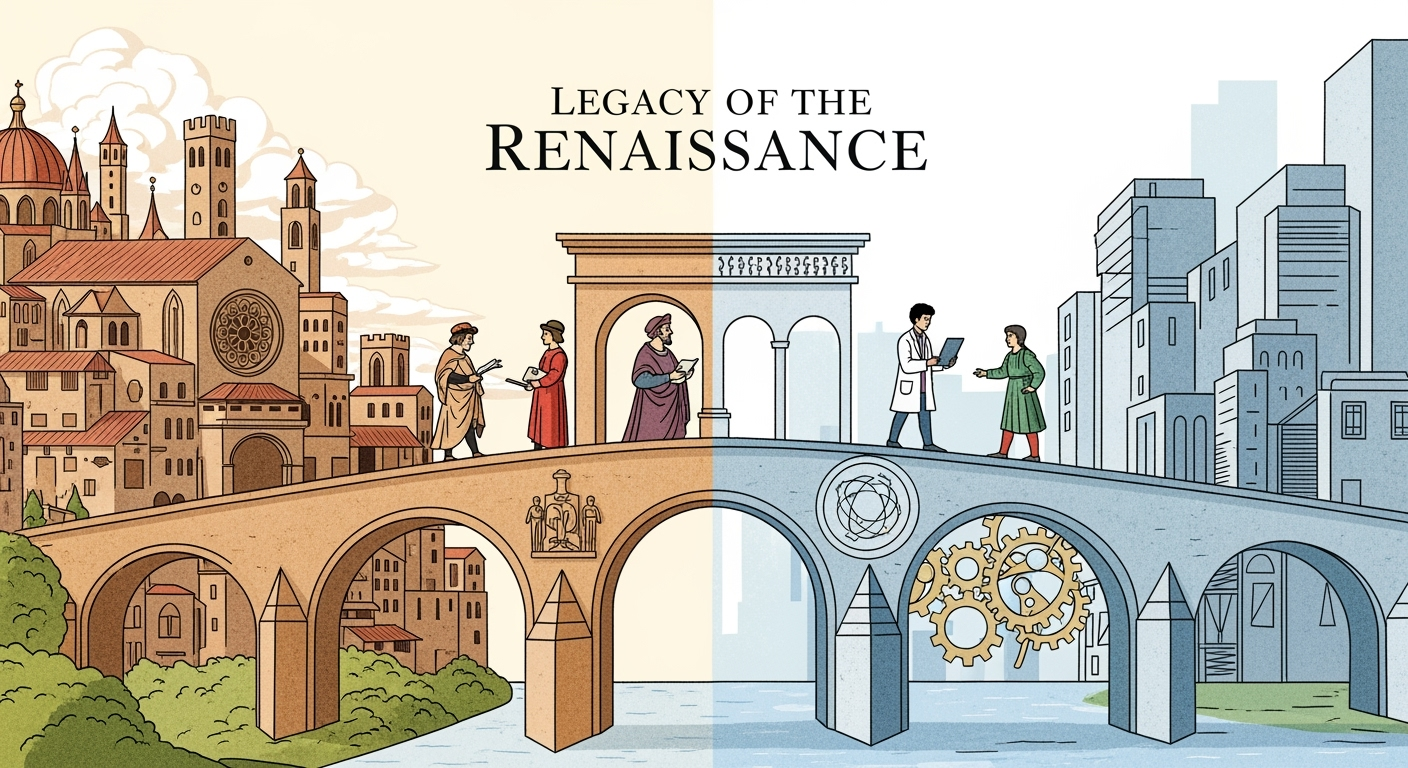
Disclaimer
This article is for educational and informational purposes only. While HistoryReveal.com strives for accuracy, historical interpretation may vary, and readers are encouraged to consult additional sources for deeper study.